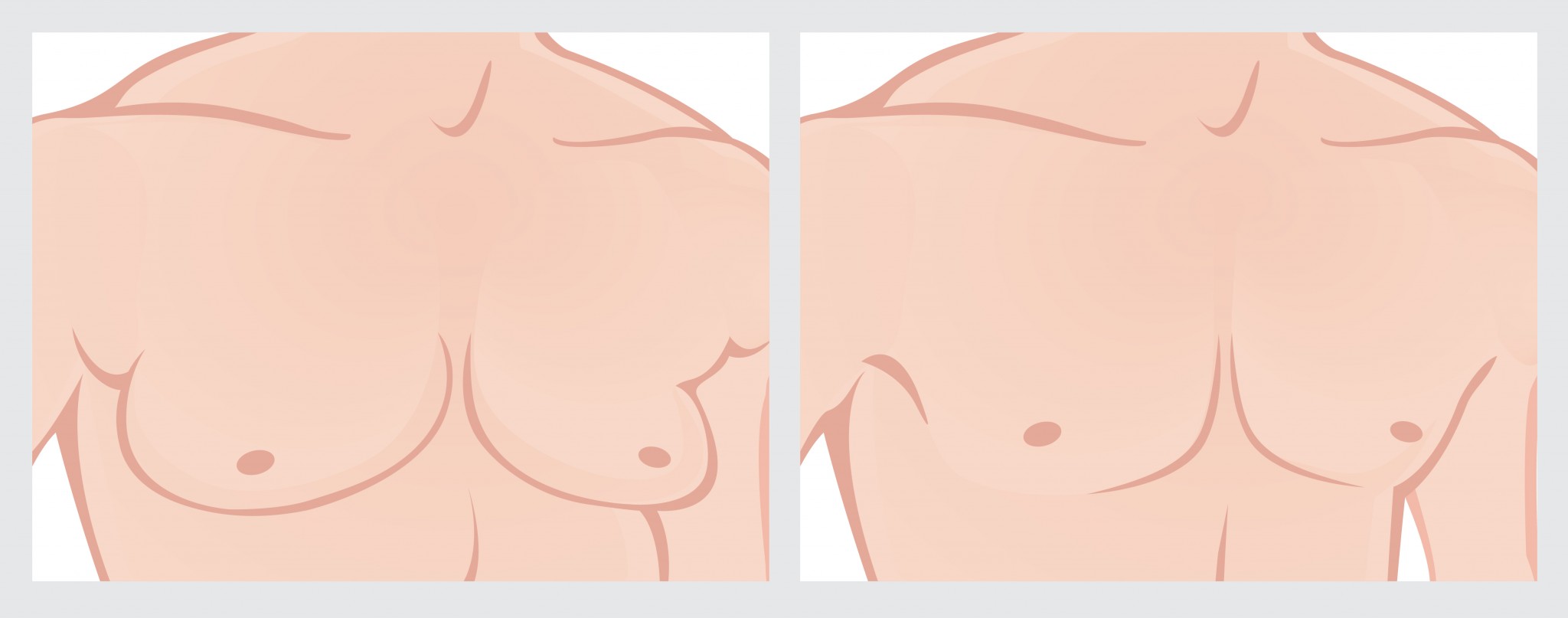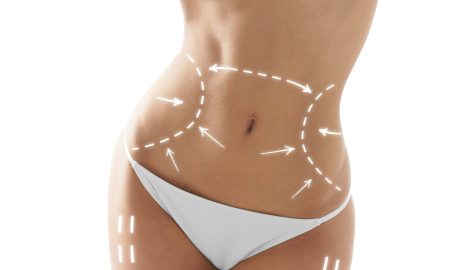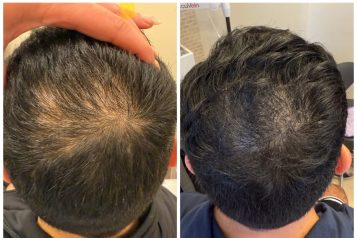While breast cancer primarily affects women, it could also afflict men - albeit in much smaller numbers. As we celebrate breast cancer survivors this month, we wanted to also explore the breast-related maladies that men experience. We turned to Dr. Leonard Hochstein, who, below, explains what gynecomastia is, its detection, treatment and possibility to hint at cancer.
Gynecomastia is a non cancerous overgrowth of breast tissue in men. It is very common during puberty but in most instances there is spontaneous resolution and no treatment is necessary. It is also common in older males due to a natural decline in testosterone levels. It is believed to result in an increase of estrogens relative to androgen levels even if both levels are within normal limits but the ratios are off. In long term gynecomastia (over two years) the treatment is surgical. The presentation is that of an enlarging breast or areola which has a rubbery consistency in distinction with the normal soft feel of fat.

Gynecomastia is caused by any scenario where there is an increase in estrogen relative to androgens thus acting as a growth stimulant for breast tissue. This can be caused by the use of drugs such as anabolic steroids, the use of medications including chemotherapy drugs, some antibiotics, and even herbal supplements. There are also diseases such as liver or kidney failure that can lead to gynecomastia.
The diagnosis of gynecomastia is done primarily through physical exam where other potential causes are cancer, lipoma, cyst, or muscle enlargement are excluded. Mammography is rarely used but should be considered if there is a suspicion of cancer.
Treatment of gynecomastia is primarily surgical although estrogen receptor medications have been useful if started early. These drugs like tamoxifen are not approved for this type of treatment and their use is off label. Surgical approaches typically include liposuction of the breast in conjunction with an open direct excision of the glandular tissue at the areola.
 Dr. Leonard Hochstein heads a Miami-based surgical center dedicated to the safe and comprehensive care of his plastic surgery patients. He has performed over 23,000 breast procedures in his career.
Dr. Leonard Hochstein heads a Miami-based surgical center dedicated to the safe and comprehensive care of his plastic surgery patients. He has performed over 23,000 breast procedures in his career.
View Dr. Leonard Hochstein’s Haute Beauty profile and contact information here.
Images courtesy of Dr. Leonard Hochstein
























